

Articles
What Filter Should I Use For HVAC
Modified: January 8, 2024
Discover the best articles and tips on choosing the right HVAC filter for your home. Find out which filter is the most effective for cleaner and healthier air.
(Many of the links in this article redirect to a specific reviewed product. Your purchase of these products through affiliate links helps to generate commission for Storables.com, at no extra cost. Learn more)
Introduction
Welcome to this comprehensive guide on choosing the right HVAC filter for your system. When it comes to maintaining indoor air quality and optimizing the performance of your heating, ventilation, and air conditioning (HVAC) system, the type of filter you use plays a critical role. With so many filter options available on the market, it can be overwhelming to determine which one is best for your specific needs.
In this article, we will explore the different types of HVAC filters and provide insights to help you make an informed decision. Whether you are a homeowner looking to improve the air quality in your living space or a business owner responsible for creating a healthy environment for employees and customers, understanding the various filter options is essential.
By the end of this guide, you will have a clear understanding of the different types of HVAC filters available, their pros and cons, and the factors to consider when choosing the optimal filter for your HVAC system.
Key Takeaways:
- Choosing the right HVAC filter is crucial for maintaining clean indoor air and optimizing system performance. Factors such as MERV rating, filter lifespan, and specific air quality concerns should be considered to make an informed decision.
- Different filter types, such as pleated, electrostatic, HEPA, and activated carbon, offer unique benefits for improving indoor air quality. Balancing filtration efficiency with system compatibility is essential for optimal performance and energy efficiency.
Read more: What Spackle Should I Use
Understanding HVAC Filters
HVAC filters are designed to remove dust, allergens, and other airborne particles from the air passing through your HVAC system. They are placed in the return air duct of your system, and as the air circulates through the filter, it captures contaminants, preventing them from being distributed throughout your home or building.
The primary function of an HVAC filter is to improve indoor air quality by removing pollutants and maintaining a clean and healthy environment. Additionally, a well-maintained filter can help enhance the efficiency and longevity of your HVAC system by preventing the accumulation of debris on sensitive components.
HVAC filters come in various sizes and types, each with its own unique features and benefits. Understanding the different filter options will empower you to choose the one that best suits your needs.
It’s important to note that HVAC filters are not a one-size-fits-all solution. The filter you choose should be based on factors such as air quality goals, specific contaminant concerns, and the recommendations of HVAC professionals.
Now, let’s explore the different types of HVAC filters available.
Types of HVAC Filters
When it comes to HVAC filters, there are several options to choose from. Understanding the different types can help you make an informed decision based on your specific needs and preferences. Here are the most common types of HVAC filters:
- Fiberglass Filters: These filters are the most basic and affordable option. Made from spun fiberglass, they capture larger particles but are less effective at removing smaller contaminants. They typically have a low Minimum Efficiency Reporting Value (MERV) rating and need to be replaced frequently.
- Pleated Filters: Pleated filters have a larger surface area and higher MERV rating compared to fiberglass filters. They are more effective at capturing smaller particles and have a longer lifespan. Pleated filters are available in various sizes and thicknesses to accommodate different HVAC systems.
- Electrostatic Filters: Electrostatic filters use an electric charge to attract and capture particles as they pass through. They can be either washable or disposable. Washable electrostatic filters are cost-effective and environmentally friendly, but they require regular cleaning to maintain their effectiveness.
- HEPA Filters: High-Efficiency Particulate Air (HEPA) filters are known for their exceptional filtration performance. They can trap up to 99.97% of particles as small as 0.3 microns. HEPA filters are commonly used in hospitals, clean rooms, and spaces requiring the highest level of air purification. However, they may require modifications to the HVAC system to accommodate the increased air resistance.
- Activated Carbon Filters: Activated carbon filters are effective at removing odors and capturing certain volatile organic compounds (VOCs). They contain a layer of activated carbon that adsorbs gases and chemicals, resulting in improved air quality. These filters are often used in combination with other filter types for a comprehensive filtration system.
Each type of filter has its own advantages and limitations. It’s important to consider factors such as filtration efficiency, lifespan, and cost when deciding which filter type is best suited for your HVAC system and air quality needs.
Fiberglass Filters
Fiberglass filters are the most basic and commonly used type of HVAC filter. They are constructed from layers of spun fiberglass fibers that create a mesh-like structure. These filters are typically inexpensive and readily available, making them a popular choice for many homeowners and businesses.
One of the main advantages of fiberglass filters is their affordability. They are generally the most budget-friendly option for those looking to maintain air quality without breaking the bank. However, it’s important to note that their low cost usually comes at the expense of filtration efficiency.
Fiberglass filters have a low Minimum Efficiency Reporting Value (MERV) rating, typically between 1 and 4. This means they are more effective at capturing larger particles like dust and lint, but less effective at removing smaller contaminants such as pollen, pet dander, and mold spores.
Another consideration with fiberglass filters is their relatively short lifespan. Since these filters capture particles on the surface rather than within a dense filtration media, they tend to clog up quickly. As a result, they need to be replaced more frequently, usually every 30 days.
Despite these limitations, fiberglass filters still provide some level of filtration and can help prevent larger particles from circulating in your HVAC system and indoor air. They are suitable for environments with minimal air quality concerns or as a temporary solution until a higher-efficiency filter can be installed.
If you decide to use fiberglass filters, it’s essential to regularly inspect and replace them as needed. Neglecting to change the filter on time can result in reduced HVAC system performance, decreased indoor air quality, and potential damage to the system itself.
In summary, fiberglass filters offer an affordable option for basic particle filtration but may not be sufficient for capturing smaller particles or improving indoor air quality significantly. They are best suited for environments with minimal air quality concerns or as a short-term solution until a more efficient filter can be obtained.
Pleated Filters
Pleated filters are a popular choice among homeowners and businesses seeking a higher level of filtration efficiency compared to fiberglass filters. They are constructed with a pleated design that provides a larger surface area for capturing airborne particles.
One of the key advantages of pleated filters is their improved filtration performance. They have a higher Minimum Efficiency Reporting Value (MERV) rating compared to fiberglass filters, typically ranging from 5 to 16. This means they have a greater ability to capture smaller particles such as pollen, pet dander, and dust mites, resulting in improved indoor air quality.
Pleated filters are available in different sizes and thicknesses to accommodate various HVAC systems. The pleated design not only increases the filter’s filtration capacity but also prolongs its lifespan. These filters can typically last between 90 days to 6 months, depending on usage and environmental conditions.
Another advantage of pleated filters is that they offer a balance between filtration efficiency and airflow resistance. While they may create slightly more resistance than fiberglass filters, the impact on the HVAC system’s airflow is generally minimal. This ensures that your system operates effectively without unnecessary strain.
When selecting a pleated filter, it’s important to consider the MERV rating that aligns with your air quality needs. Higher MERV ratings indicate better filtration efficiency, but they may also restrict the airflow more. This is particularly relevant for older or less powerful HVAC systems, as they may struggle with the increased air resistance.
It’s worth mentioning that, similar to other filters, pleated filters require regular maintenance. Monitoring the condition of the filter and replacing it in a timely manner are essential for optimal performance. Neglecting to change the filter when it becomes clogged can lead to reduced airflow, decreased energy efficiency, and potential strain on the HVAC system.
In summary, pleated filters offer a significant improvement in filtration efficiency compared to fiberglass filters. They capture a wider range of particles, resulting in better indoor air quality. With proper maintenance and regular replacements, pleated filters provide a reliable filtration solution for most residential and commercial HVAC systems.
Read more: How Often Should You Change HVAC Air Filter
Electrostatic Filters
Electrostatic filters are a unique type of HVAC filter that uses an electric charge to capture airborne particles. These filters are available in both washable and disposable options, providing flexibility for users.
One of the main advantages of electrostatic filters is their ability to attract and trap particles through an electric charge. The filter material is designed to generate static electricity, which acts as a magnet for particles as they pass through. This helps to capture a wide range of contaminants, including dust, pollen, pet dander, and mold spores.
Washable electrostatic filters are particularly appealing to those looking for a cost-effective and environmentally friendly option. These filters can be reused multiple times after being cleaned, which can help save on replacement costs. Regular cleaning is necessary to maintain their effectiveness and ensure proper air filtration.
Disposable electrostatic filters, on the other hand, offer convenience and simplicity. These filters can be easily replaced at regular intervals and provide consistent filtration performance. They are typically made with synthetic fibers that become statically charged during the manufacturing process.
It’s important to note that electrostatic filters may have a higher initial cost compared to other filter types. However, their long-term advantage lies in their reusability or efficient performance, which can result in cost savings over time.
When considering electrostatic filters, it’s essential to understand that they may have a higher pressure drop and resistance to airflow compared to other filters. This means that your HVAC system may have to work slightly harder to push air through the filter. It’s crucial to check the compatibility of your system with electrostatic filters to ensure efficient operation.
Overall, electrostatic filters offer an innovative and effective solution for air filtration. Whether you choose washable or disposable options, electrostatic filters can capture a wide range of particles and help improve indoor air quality. Just remember to consider the initial cost, airflow resistance, and compatibility with your HVAC system for optimal results.
HEPA Filters
HEPA filters, which stands for High-Efficiency Particulate Air filters, are renowned for their exceptional filtration capabilities. These filters are designed to capture microscopic particles and provide the highest level of air purification.
HEPA filters are constructed using a dense arrangement of fibers that form a mat-like layer. This intricate design allows the filter to trap particles as small as 0.3 microns with an efficiency of up to 99.97%. Common pollutants captured by HEPA filters include dust, pollen, pet dander, mold spores, and even bacteria and viruses.
Given their outstanding filtration performance, HEPA filters are commonly used in environments where air quality is of utmost importance, such as hospitals, clean rooms, and spaces where individuals may have respiratory sensitivities or compromised immune systems.
It’s important to note that not all filters labeled as “HEPA-like” or “HEPA-type” are true HEPA filters. Genuine HEPA filters meet the strict standards set by the United States Department of Energy (DOE) and have been certified to provide a high level of filtration efficiency.
One consideration when using HEPA filters is the potential impact on airflow resistance. Due to their dense design, HEPA filters can restrict the airflow in your HVAC system. This increased air resistance may require modifications to the system, such as upgrading the fan or making adjustments to ductwork, to ensure proper airflow.
Another aspect to keep in mind is the lifespan of HEPA filters. As they capture a significant amount of particles, they can become clogged over time, reducing their effectiveness. Regular monitoring and replacement of HEPA filters are crucial for maintaining optimal filtration performance.
It’s worth mentioning that not all HVAC systems are compatible with HEPA filters. Due to their high efficiency and air resistance, HEPA filters may not be suitable for all systems. It’s important to consult with an HVAC professional to determine if your system can accommodate the installation of a HEPA filter.
In summary, HEPA filters provide unparalleled filtration efficiency, capturing particles as small as 0.3 microns with a high degree of effectiveness. They are ideal for environments where air quality is a top priority. However, their increased air resistance and compatibility considerations make it essential to consult with experts before integrating HEPA filters into your HVAC system.
Activated Carbon Filters
Activated carbon filters are a specialized type of HVAC filter designed to address specific air quality concerns, particularly odors and chemical pollutants. These filters are constructed using activated carbon, a form of carbon that is highly porous and capable of adsorbing gases and chemicals.
One of the primary benefits of activated carbon filters is their ability to remove odors from the air. This makes them an excellent choice for environments where unpleasant smells, such as cooking odors or pet odors, are a concern. The activated carbon material effectively traps and neutralizes odorous molecules, resulting in fresher and cleaner air.
In addition to odor removal, activated carbon filters are also effective at capturing certain volatile organic compounds (VOCs). VOCs are chemicals that can be released from various sources such as cleaning products, paints, and furniture. These compounds can contribute to poor indoor air quality and can have adverse health effects. Activated carbon filters can help reduce the concentration of VOCs in the air, enhancing the overall air quality.
It’s important to note that activated carbon filters alone may not be sufficient for complete particle filtration. While they can capture some larger particles, such as dust and pollen, their primary focus is on adsorbing gases and chemicals. For comprehensive air purification, it is recommended to use activated carbon filters in conjunction with other filter types, such as pleated filters or HEPA filters.
When using activated carbon filters, it’s crucial to understand that their effectiveness is dependent on contact time. This means that the air needs to flow through the filter slowly for optimal adsorption of gases and chemicals. Therefore, air flow resistance may be slightly higher with activated carbon filters compared to other filter types.
It’s also important to periodically replace activated carbon filters to ensure their continued effectiveness. Over time, the carbon becomes saturated with adsorbed compounds, reducing its capacity to capture and neutralize odors and chemicals. The replacement frequency may vary depending on the level of pollutants in your environment, so it’s recommended to follow the manufacturer’s guidelines.
In summary, activated carbon filters are a valuable addition to HVAC systems, especially in environments where odor removal and reduction of chemical pollutants are important. They provide targeted filtration for gases and chemicals, contributing to improved indoor air quality. When used in combination with other filter types, activated carbon filters create a comprehensive filtration system that addresses multiple air quality concerns.
When choosing a filter for your HVAC system, consider the MERV rating. A higher MERV rating means better filtration, but it can also restrict airflow. Aim for a balance between filtration and airflow for optimal performance.
Factors to Consider when Choosing an HVAC Filter
When selecting an HVAC filter for your system, it’s essential to consider several factors. These factors will help you choose a filter that aligns with your air quality goals, system requirements, and budget. Here are the key factors to consider:
- MERV Rating: The Minimum Efficiency Reporting Value (MERV) rating indicates the filter’s ability to capture particles. Higher MERV ratings signify better filtration efficiency, as it captures smaller particles. However, a higher MERV rating can also increase the air resistance in your system, so it’s important to balance filtration performance with airflow needs.
- Filter Thickness: Thicker filters generally have a larger surface area, allowing for more effective filtration. However, it’s crucial to ensure that the filter thickness is compatible with your HVAC system and will not impede airflow or cause strain on the system.
- Air Flow Resistance: Different filters have varying levels of air resistance. It’s important to consider the impact of a filter on your HVAC system’s airflow. Filters with higher levels of resistance may require adjustments to maintain optimal airflow.
- Filter Lifespan: The lifespan of a filter is an important factor to consider. Some filters need to be replaced more frequently than others. Consider the replacement frequency that works best for your lifestyle and maintenance schedule.
- Filter Cost: Filters are available at different price points. It’s important to weigh the cost against the filtration efficiency and lifespan to determine the best value for your needs. Remember that cheaper filters may need to be replaced more frequently, increasing long-term costs.
- Specific Air Quality Concerns: Consider your specific air quality concerns, such as allergies, asthma, or specific pollutants. Certain filters, such as HEPA filters or activated carbon filters, are designed to address these concerns more effectively.
It’s also recommended to consult with HVAC professionals who can provide expert advice and help guide you to the right filter choice. They can assess your system, understand your specific air quality needs, and recommend the most appropriate filter type and specifications.
By considering these factors, you can make an informed decision and choose an HVAC filter that promotes cleaner and healthier indoor air while effectively maintaining your HVAC system’s performance.
Read more: What Width Siding Should I Use
MERV Rating
When selecting an HVAC filter, one of the most crucial factors to consider is the Minimum Efficiency Reporting Value (MERV) rating. The MERV rating quantifies the filter’s ability to capture particles of different sizes, ranging from larger visible particles to microscopic contaminants.
The MERV rating scale typically ranges from 1 to 20, with a higher number indicating better filtration efficiency. Filters with a higher MERV rating can capture a greater percentage of smaller particles, including dust, pollen, mold spores, pet dander, and bacteria.
However, it’s important to strike a balance between filtration performance and your system’s airflow needs. Filters with higher MERV ratings often have thicker and denser filtration media, which can result in increased air resistance. This may cause your HVAC system to work harder to maintain proper airflow, potentially leading to reduced efficiency and increased energy consumption.
It’s crucial to consult your HVAC system’s manufacturer guidelines to determine the acceptable MERV rating range for your specific system. Using a filter with a MERV rating that is too high for your system may cause damage or malfunctions due to excessive air resistance.
Here is a general breakdown of MERV ratings and their corresponding filtration capabilities:
- MERV 1-4: Filters in this range offer basic filtration, capturing larger particles such as dust, debris, and lint. They are cost-effective but offer limited efficiency in capturing smaller particles.
- MERV 5-8: These filters provide better filtration than MERV 1-4 and can capture smaller particles such as mold spores and pet dander. They are suitable for residential and commercial spaces with average air quality needs.
- MERV 9-12: Filters in this range have a higher filtration efficiency and can capture particles as small as 1 micron. They are effective in capturing finer dust particles and allergens, making them a good option for those with allergies or respiratory sensitivities.
- MERV 13-16: These filters offer a high level of filtration efficiency and can capture even smaller particles, including bacteria and some viruses. They are commonly used in hospitals, laboratories, and other sensitive environments.
- MERV 17-20: Filters in this range provide exceptional filtration capabilities, including capturing airborne viruses and ultrafine particles. They are typically used in specialized applications that require the highest level of air quality, such as cleanrooms or certain industrial settings.
It’s important to note that higher MERV ratings require more frequent filter replacements as the denser filtration media can become clogged faster. Additionally, more efficient filters may have limitations in terms of airflow, so it’s vital to choose a MERV rating that balances filtration needs and system compatibility.
Consulting with HVAC professionals can help ensure that you choose a filter with an appropriate MERV rating for your specific application, ensuring optimal air quality while maintaining the efficiency and longevity of your HVAC system.
Filter Thickness
The thickness of an HVAC filter is an important factor to consider when selecting the right filter for your system. The thickness determines the size of the filter’s surface area, which directly affects its filtration capacity and airflow resistance.
In general, thicker filters have a larger surface area than thinner filters. This increased surface area allows for more effective filtration, as there is more material for airborne particles to come into contact with. As a result, thicker filters often have better filtration efficiency and can capture a greater amount of contaminants.
However, it’s important to ensure that the filter thickness is compatible with your HVAC system. An excessively thick filter may impede proper airflow through the system, causing strain on the fan and potentially reducing the system’s overall efficiency. This can result in decreased airflow, uneven temperature distribution, and increased energy consumption.
On the other hand, using a filter that is too thin may not provide sufficient filtration for your needs. Airborne particles may bypass the filter or be able to pass through it more easily, diminishing the filter’s effectiveness in improving indoor air quality.
The appropriate filter thickness for your system depends on various factors, such as the size of the air conditioning or heating unit, the volume of airflow, and the manufacturer’s recommendations. It’s important to consult your HVAC system’s documentation or seek guidance from a professional to determine the ideal filter thickness for your specific setup.
In addition to considering the thickness of the filter, it’s also crucial to pay attention to the frame size. The frame holds the filter in place and ensures a proper fit within the HVAC system. If the filter thickness is altered, it’s important to ensure that the frame is compatible and can accommodate the thicker filter without any gaps or leaks.
In summary, selecting the appropriate filter thickness for your HVAC system involves finding the right balance between filtration efficiency and airflow resistance. Thicker filters generally offer increased filtration capacity, but it’s crucial to consider the system’s airflow requirements and manufacturer’s recommendations to maintain optimal performance and energy efficiency.
Air Flow Resistance
The air flow resistance of an HVAC filter is a critical factor to consider when choosing the right filter for your system. Air flow resistance refers to the obstruction or resistance encountered by the air as it passes through the filter. Understanding and managing air flow resistance is crucial to ensure proper air circulation, system efficiency, and overall performance.
Filters with higher levels of filtration efficiency, such as those with higher Minimum Efficiency Reporting Value (MERV) ratings, typically have greater air flow resistance. This is because filters with denser and more efficient media require the air to pass through smaller openings, allowing for better particle capture. However, this increased filtration effectiveness comes at the cost of higher resistance to airflow.
Excessive air flow resistance can have several negative consequences. It can put strain on the HVAC system’s fan and motor, reducing their lifespan and potentially leading to premature failure. It can also impede the airflow, resulting in reduced comfort levels, uneven temperature distribution within the space, and decreased system efficiency.
When the air flow resistance is too high, the HVAC system may need to work harder to force the air through the filter. This can lead to increased energy consumption and higher utility bills.
On the other hand, inadequate air flow resistance can result in insufficient filtration. If the filter does not create enough resistance, the air may flow too quickly, reducing the contact time between the air and the filter media. This could result in particles bypassing the filter and compromising air quality.
To strike the right balance between air flow resistance and filtration efficiency, it’s important to consider the manufacturer’s specifications and recommendations for your specific HVAC system. Some systems are designed to accommodate filters with higher air flow resistance, while others may be more sensitive to changes in air flow. Consulting with HVAC professionals can help ensure that you choose a filter that maintains optimal air flow while providing sufficient filtration for your needs.
Regular maintenance, including checking and replacing filters as recommended, is crucial in maintaining proper air flow and system performance. Neglecting filter maintenance can lead to clogged filters, increased air flow resistance, and potential system malfunctions.
In summary, understanding and managing air flow resistance is essential for selecting the right HVAC filter. Balancing filtration efficiency with proper air flow is crucial for maintaining system performance, energy efficiency, and indoor air quality.
Filter Lifespan
The lifespan of an HVAC filter refers to the duration for which it remains effective in capturing airborne particles before it needs to be replaced. Understanding and considering the filter lifespan is important for maintaining optimal filtration efficiency, indoor air quality, and the overall performance of your HVAC system.
The filter lifespan can vary depending on factors such as the filter type, the level of airborne contaminants, and the usage of the HVAC system. Generally, filters have recommended replacement intervals ranging from 30 days to 6 months. It’s important to follow the manufacturer’s guidelines and replace the filter accordingly to ensure its effectiveness.
Using a filter beyond its recommended lifespan can result in reduced filtration efficiency. As the filter becomes clogged with captured particles, it may restrict airflow and decrease its ability to capture additional contaminants. This can lead to decreased system performance, reduced airflow, and potential strain on the HVAC system, resulting in higher energy consumption and increased wear and tear.
On the other hand, replacing the filter too frequently may result in unnecessary expenses. It’s important to strike a balance between filter lifespan and maintaining optimal air quality. Consider the specific air quality concerns in your environment and the manufacturer’s recommendations to determine an appropriate replacement schedule.
Factors such as the presence of pets, allergens, or indoor air pollution can impact the lifespan of the filter. An environment with high levels of airborne contaminants may require more frequent filter replacements compared to a cleaner environment.
Regularly inspecting the filter for signs of wear and tear, such as excessive dirt buildup or damage, is also important. If the filter appears damaged or excessively dirty before the recommended replacement interval, it may need to be replaced sooner to maintain filtration efficiency.
It’s advisable to keep a record of filter replacement dates to ensure regular and timely replacements. Setting reminders or using smart home technology can help you stay on top of filter maintenance and ensure the overall effectiveness of your HVAC system.
In summary, carefully considering the filter lifespan is essential for ensuring effective filtration and maintaining indoor air quality. By following the manufacturer’s recommendations and taking into account the specific air quality concerns in your environment, you can proactively replace filters at appropriate intervals, ensuring optimal performance of your HVAC system and improving the overall air quality in your living or working space.
Read more: What Infill Should I Use For A Benchy
Filter Cost
When choosing an HVAC filter, the cost is an important factor to consider. The cost of a filter can vary depending on factors such as the filter type, size, filtration efficiency, and brand. Understanding the cost implications and finding the right balance between budget and filtration needs is crucial.
It’s important to remember that the cost of a filter is not the only factor to consider. While it may be tempting to choose the cheapest option, it’s essential to evaluate the overall value and efficiency provided by the filter.
Filters with higher Minimum Efficiency Reporting Value (MERV) ratings or specialized features, such as activated carbon for odor removal, may have a higher initial cost. These filters offer enhanced filtration capabilities and may be beneficial for those with specific air quality concerns.
On the other hand, filters with lower MERV ratings or basic filtration capabilities, such as fiberglass filters, are generally more affordable. These filters are suitable for environments with minimal air quality concerns or as temporary solutions.
It’s important to consider the long-term cost implications of a filter. While some filters may have a higher initial cost, they may have a longer lifespan, allowing you to replace them less frequently. This can result in savings over time compared to filters that need to be replaced more frequently.
Additionally, filters with enhanced filtration capabilities may effectively capture a greater number of contaminants, potentially reducing the need for additional air purifiers or specialized filters. This could result in cost savings in the long run.
When considering the cost, it’s also essential to assess the quality and reputation of the filter brand. Choosing a reputable brand known for producing high-quality filters can provide peace of mind in terms of both filtration efficiency and durability.
However, it’s important to strike a balance between cost and filtration needs. Consider your specific air quality concerns, the desired level of filtration, and your budget constraints. Consulting with HVAC professionals can help you identify filters that provide the best value for your specific requirements.
Ultimately, the cost of an HVAC filter should be seen as an investment in maintaining clean indoor air and prolonging the life of your HVAC system. Choosing a filter based solely on the lowest price may result in compromised air quality or increased long-term costs due to frequent filter replacements or ineffective filtration.
In summary, while cost is an important consideration when choosing an HVAC filter, it should not be the sole determining factor. Evaluating the overall value, efficiency, and long-term savings of a filter is essential for selecting the best filter for your needs and maintaining a healthy indoor environment.
Specific Air Quality Concerns
When choosing an HVAC filter, it’s important to consider any specific air quality concerns you may have. Different environments and individuals may have unique requirements that can be addressed by selecting the appropriate filter type and specifications.
If you or someone in your household suffers from allergies or asthma, it’s advisable to choose a filter that can effectively capture common allergens such as pollen, dust mites, and pet dander. Filters with higher Minimum Efficiency Reporting Value (MERV) ratings, such as pleated filters or HEPA filters, are especially effective in capturing these smaller particles and improving indoor air quality for allergy relief.
In environments with high levels of pollution or indoor air contaminants, such as areas with nearby industrial facilities or high traffic flow, it may be beneficial to consider filters with activated carbon media. These filters can help to adsorb harmful chemicals, volatile organic compounds (VOCs), and odors, contributing to a cleaner and healthier indoor environment.
Additionally, if your specific air quality concern involves bacteria or viruses, such as in healthcare or crowded spaces, it may be necessary to use specialized filters with antimicrobial properties. These filters are designed to inhibit the growth of microorganisms, providing an added layer of protection against airborne pathogens.
It’s also important to assess the size and layout of the space where the HVAC system operates. Larger spaces or those with multiple rooms may require larger and more efficient filters to ensure adequate air filtration and distribution. Considering factors such as the square footage of the area, ceiling height, and air circulation patterns can help determine the appropriate filter size and filtration capacity required.
Consulting with HVAC professionals or air quality experts can provide valuable insights into the specific filtration needs of your environment. They can conduct air quality assessments, identify potential sources of pollution, and recommend the most suitable filter type and specifications based on your unique air quality concerns.
Remember that while addressing specific air quality concerns is important, it’s crucial to maintain a balance in terms of filtration efficiency, airflow resistance, and the compatibility of the filter with your HVAC system. Ensuring proper airflow, system efficiency, and long-term functionality should remain a priority while addressing specific air quality needs.
In summary, considering your specific air quality concerns is essential when choosing an HVAC filter. By understanding and assessing factors such as allergies, pollution levels, microbial risks, and room size, you can select a filter that effectively addresses your unique air quality concerns and contributes to a cleaner and healthier indoor environment.
Conclusion
Choosing the right HVAC filter is crucial for maintaining clean indoor air and optimizing the performance of your heating, ventilation, and air conditioning system. By considering factors such as the Minimum Efficiency Reporting Value (MERV) rating, filter thickness, air flow resistance, filter lifespan, cost, and specific air quality concerns, you can make an informed decision and select a filter that best suits your needs.
Fiberglass filters offer a budget-friendly option for basic particle filtration but may not be sufficient for capturing smaller particles or improving indoor air quality significantly. Pleated filters provide a significant improvement in filtration efficiency, capturing a wider range of particles and improving indoor air quality. Electrostatic filters use an electric charge to attract and capture particles and can be washable or disposable. HEPA filters provide exceptional filtration efficiency, capturing microscopic particles and are ideal for environments with high air quality concerns. Activated carbon filters specialize in removing odors and capturing certain chemicals and are often used in conjunction with other filter types.
Factors such as the MERV rating, filter thickness, air flow resistance, filter lifespan, cost, and specific air quality concerns should all be considered when choosing an HVAC filter. It’s crucial to strike a balance between filtration efficiency and system compatibility to ensure optimal performance and energy efficiency.
Regular maintenance, including inspecting and replacing filters as recommended, is essential for maintaining proper air flow, filtration efficiency, and overall system performance. Neglecting filter maintenance can lead to decreased air quality, reduced system efficiency, and potential system malfunctions.
Whether you are looking to improve indoor air quality in your home or create a healthy environment in your workplace, selecting the right HVAC filter is an important step. Consulting with HVAC professionals can provide expert guidance and ensure that you choose a filter that meets your specific requirements.
By considering these factors and making an informed choice, you can enjoy clean and healthy indoor air while prolonging the life of your HVAC system.
Frequently Asked Questions about What Filter Should I Use For HVAC
Was this page helpful?
At Storables.com, we guarantee accurate and reliable information. Our content, validated by Expert Board Contributors, is crafted following stringent Editorial Policies. We're committed to providing you with well-researched, expert-backed insights for all your informational needs.

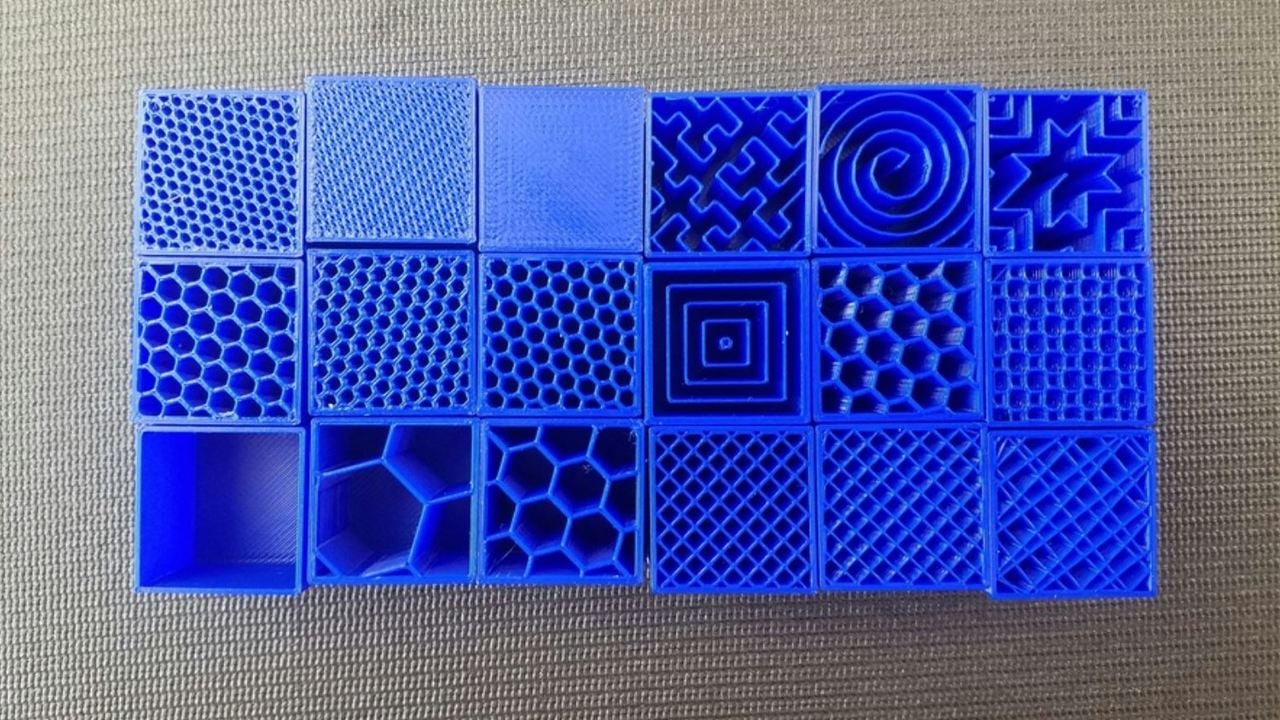
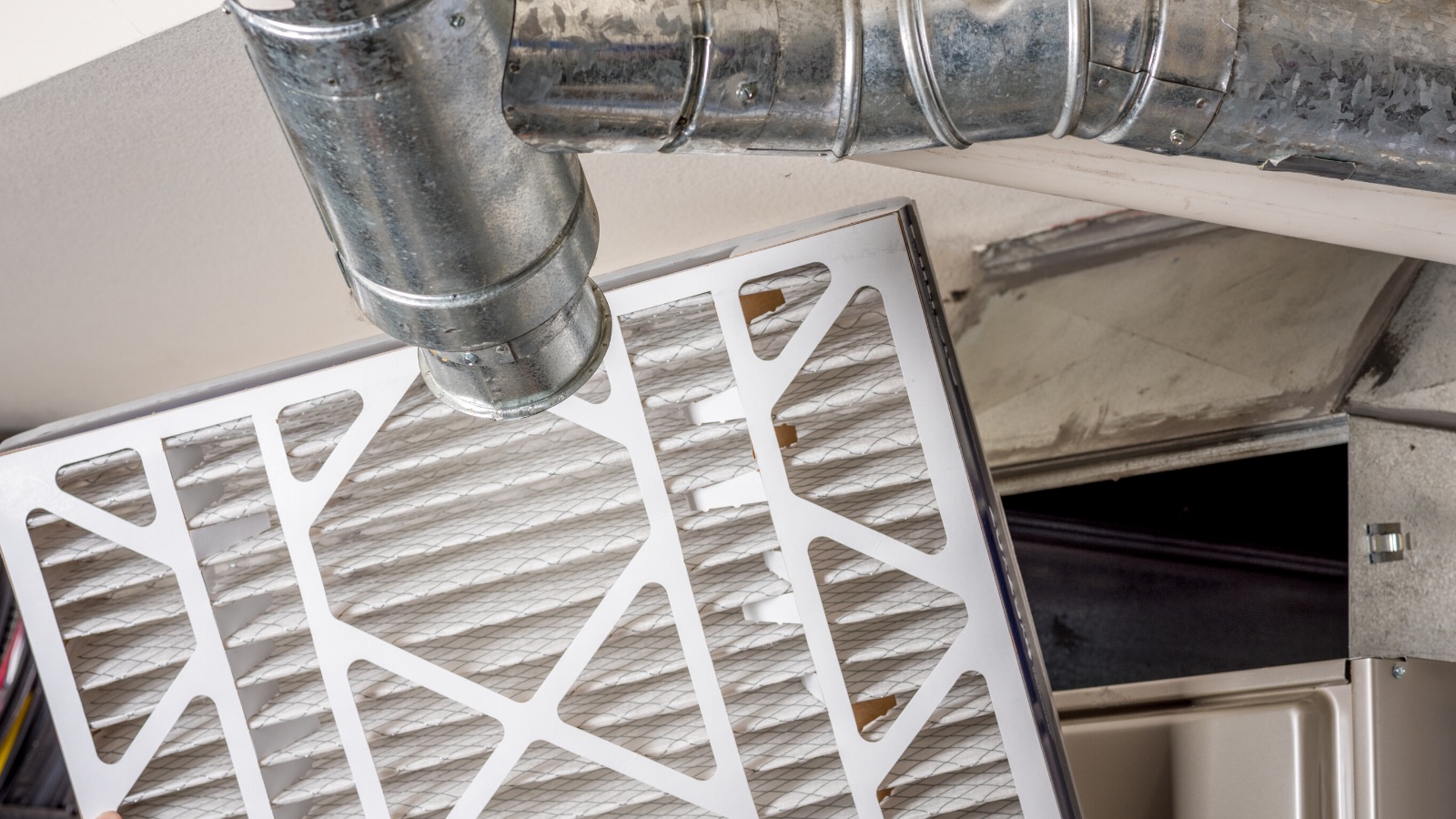

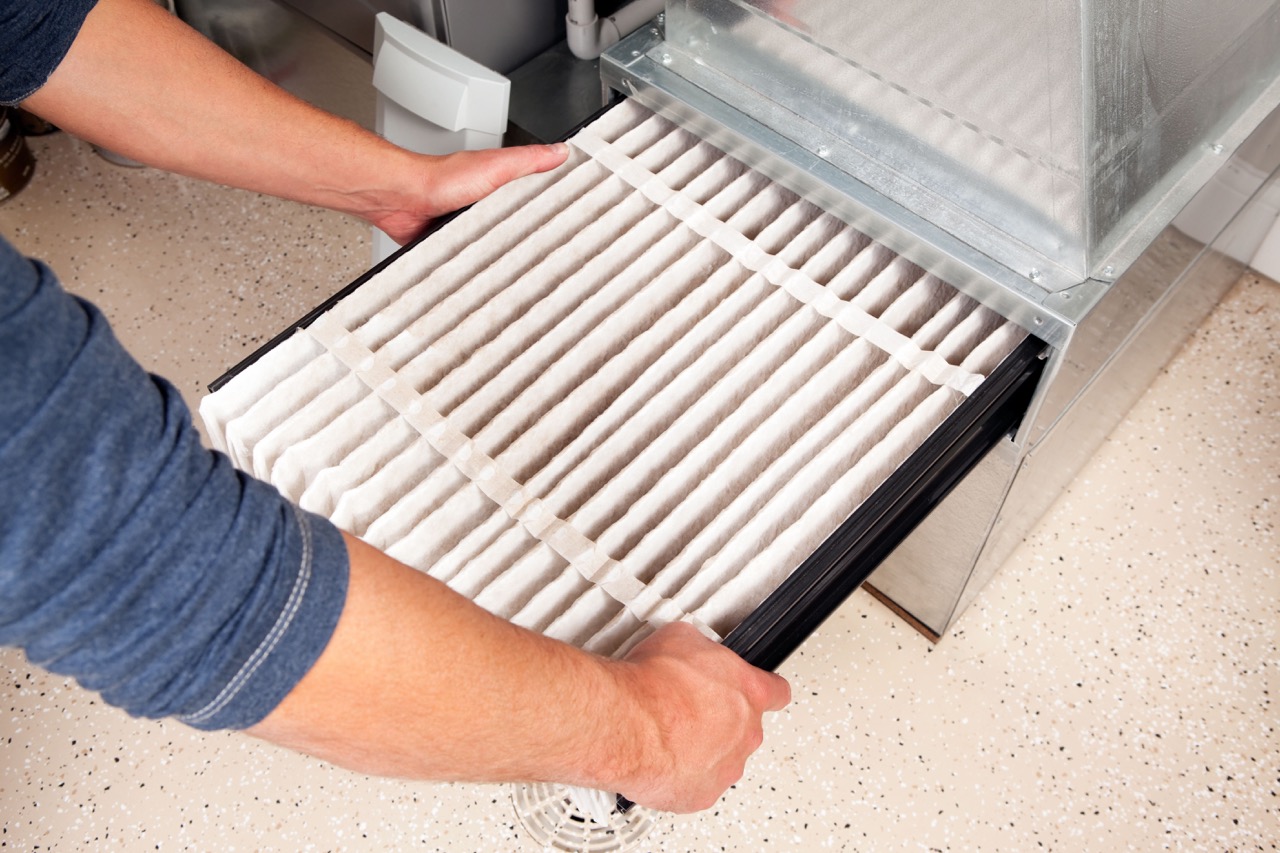
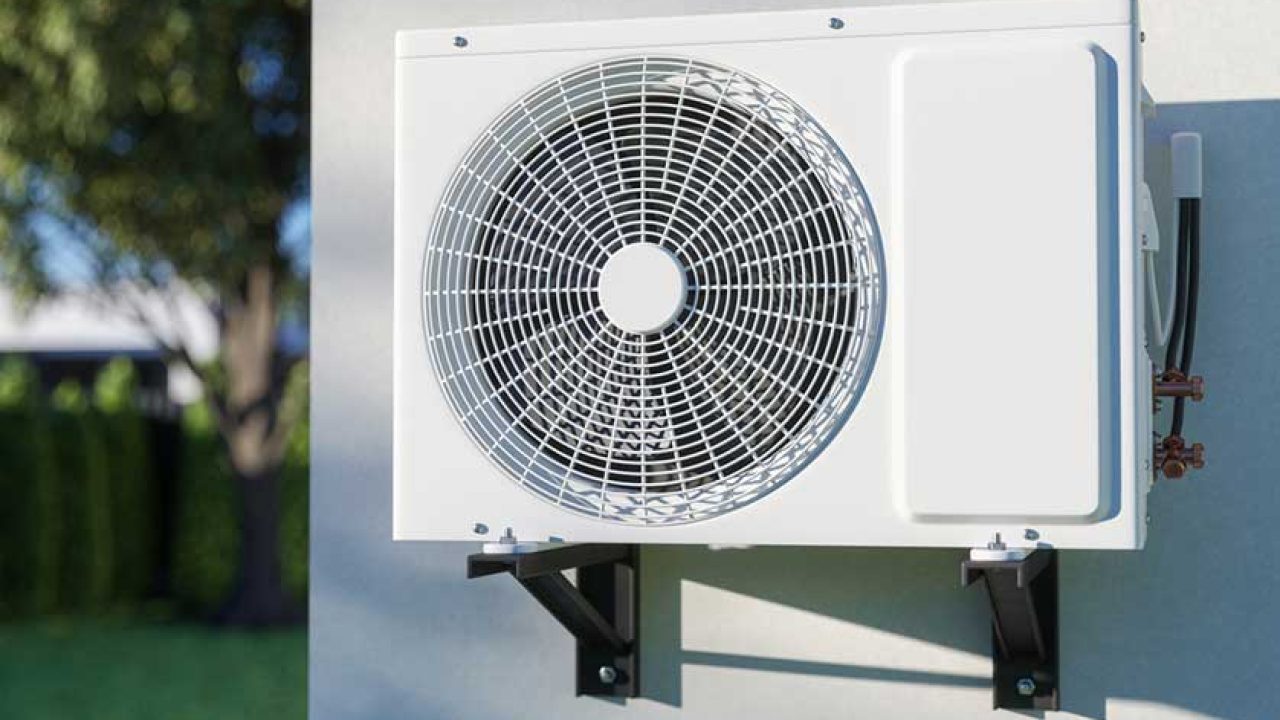
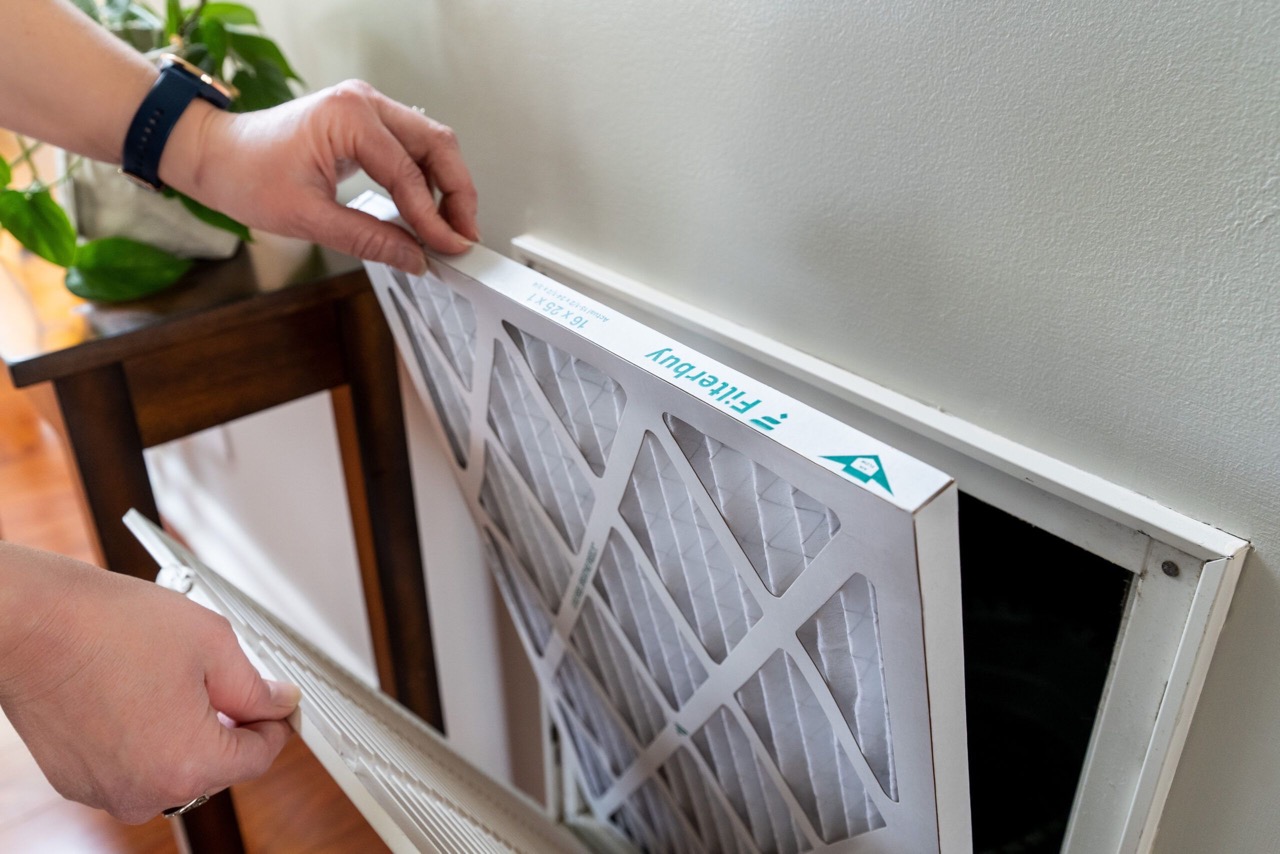
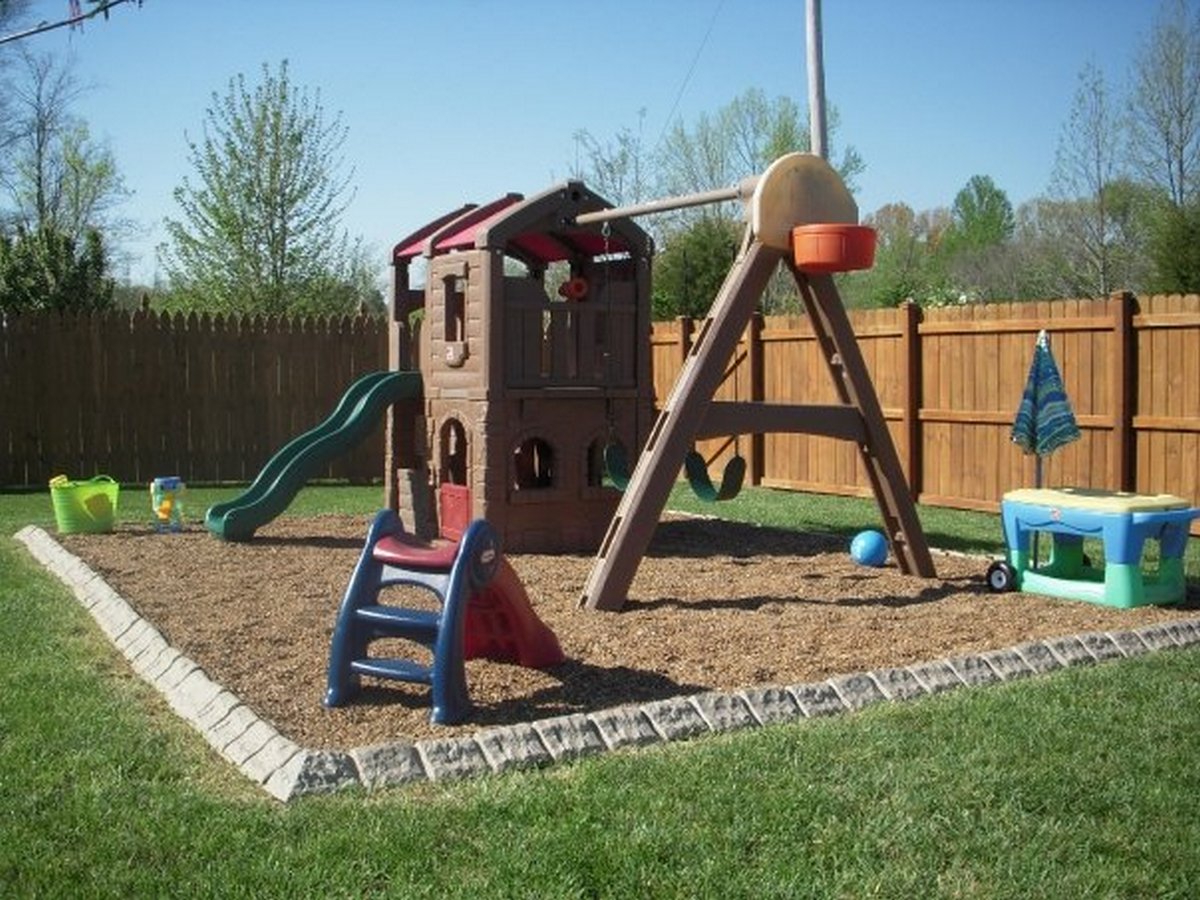
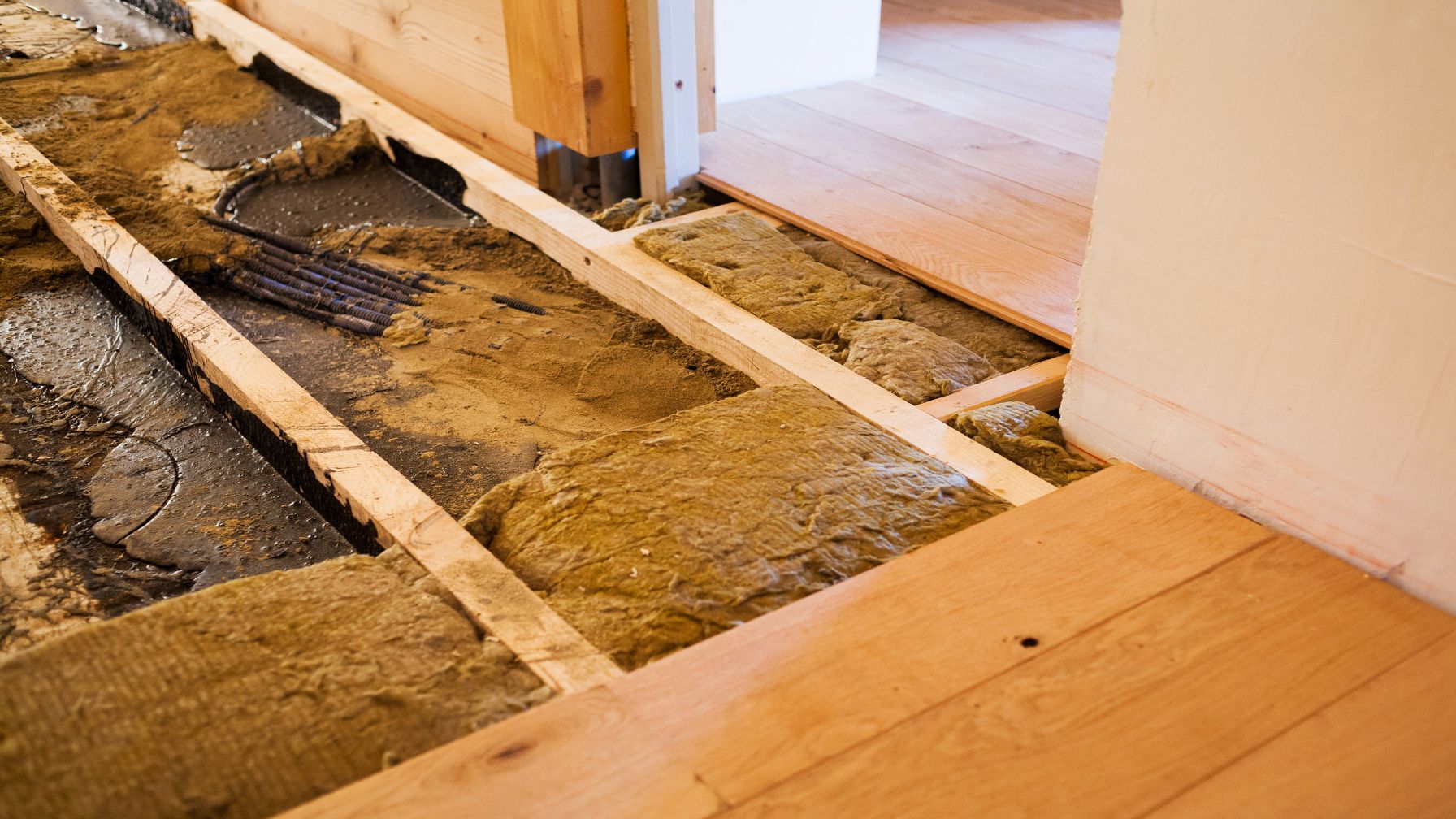
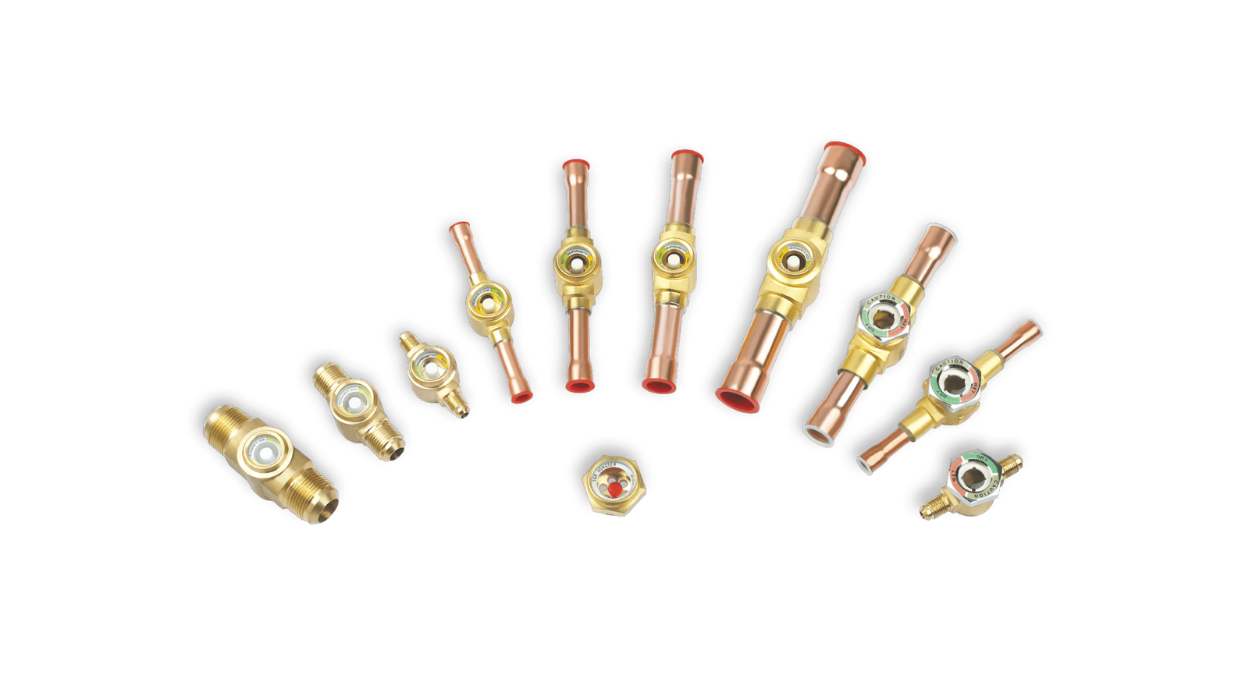
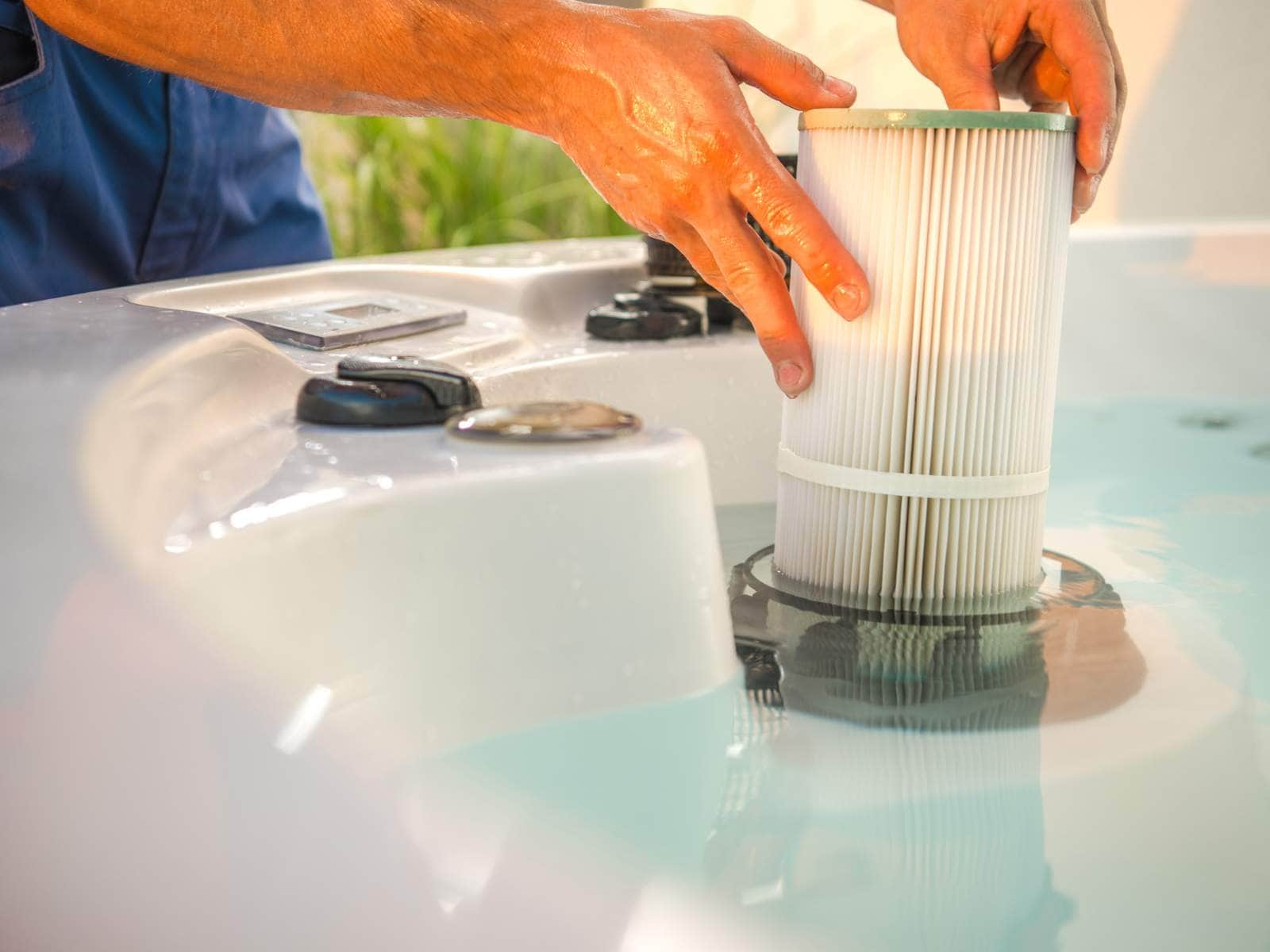
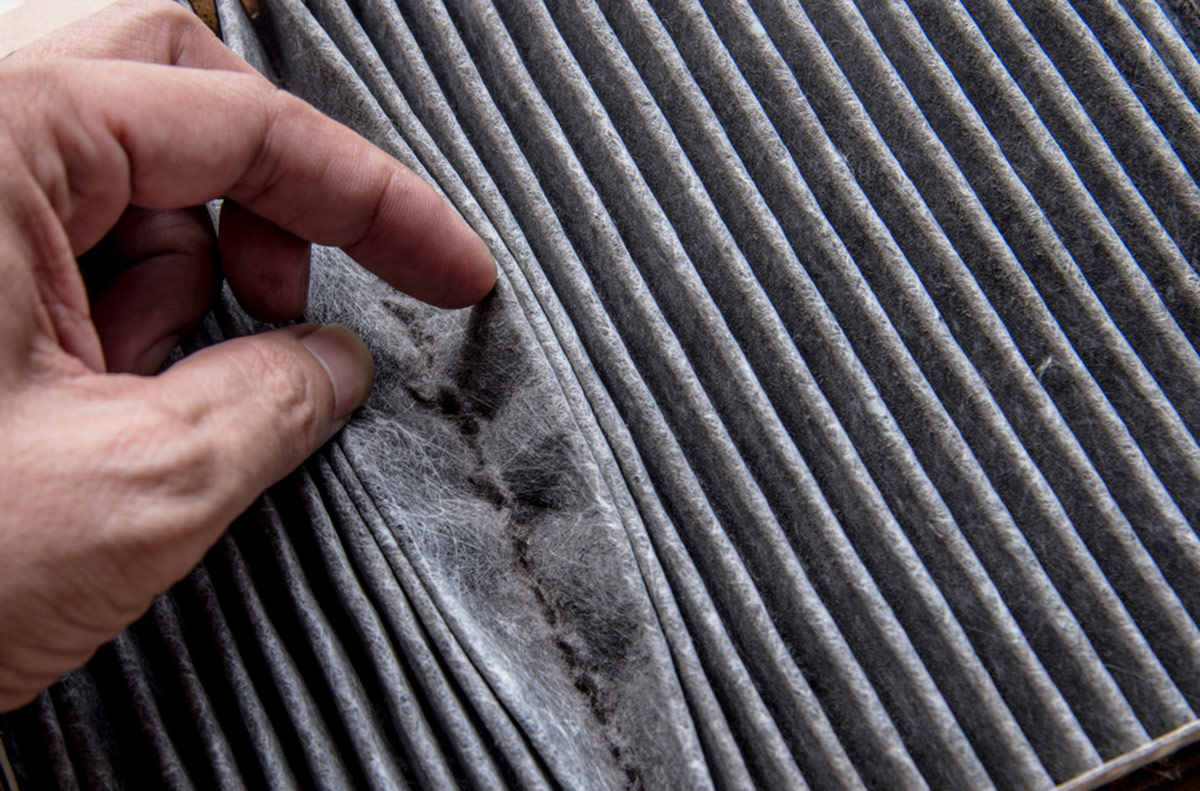

0 thoughts on “What Filter Should I Use For HVAC”